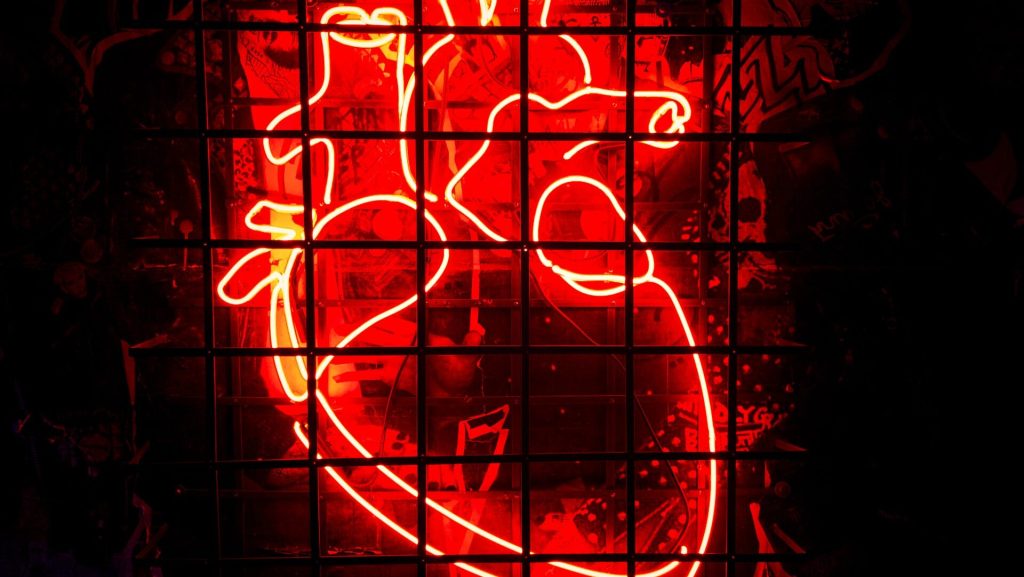
At age 37, Mary Gordon was fit and healthy but could not explain the fatigue she began experiencing. Shortly before Christmas 2019, she woke up feeling out of sorts. During Christmas shopping, she nearly passed out at one point.
“Everything went blank,” Gordon recalled. “But it was so quick that I questioned if it really happened.”
Gordon put it down to dehydration and tiredness. But over the next week, she nearly passed out three more times, once while driving. Just before flying home, she managed to get a last-minute appointment on New Year’s Eve with her doctor’s physician assistant. By this point, she half expected to be admitted to hospital.
The physician assistant performed a test on her heart, which looked normal. But her blood pressure was through the roof. She advised Gordon to cancel her flight and to start wearing a heart monitor so the medical team could gather more information.
Gordon was familiar with the heart monitor because in university, her doctor detected a heart murmur and diagnosed her with mitral valve prolapse: extra tissue caused the mitral valve leaflets to expand into the left atrium when her heart contracted. In the severe cases, it can lead to blood leaking back through the valve, potentially resulting in arrhythmia. However, when the doctor reviewed the data, he told her to not worry about it. And an electrocardiogram years later seemed to confirm the diagnosis.
But now, leaving the visit with the physician assistant, Gordon collapsed near the elevator, in cardiac arrest. Fortunately a receptionist found her. For six minutes, the physician assistant and a doctor performed CPR , and also used an automated external defibrillator. The first thing she remembered was being in the emergency room, with her boyfriend, Matt Costakis, and several doctors at the foot of her bed.
She was confused for the first few days.
“My brain was not retaining information,” she said. “It took a few days before things were sinking in. Everything was a blur.”
An implantable cardioverter defibrillator was implanted in her chest, followed by a minimally invasive surgery the week after to repair her mitral valve.
“It wasn’t until the surgery that it was fully recognized she has something that’s particularly rare called mitral annular disjunction,” said Dr. Paula Pinell-Salles, Gordon’s cardiologist at Virginia Heart in Falls Church. “That variant is the most prone to significant prolapse and may be more closely associated with the kind of arrhythmia she presented with.”
Gordon was discharged after a two-week hospital stay. Though fatigued, she eagerly started her cardiac rehab, relishing the supportive environment.
“The thought of raising my heart rate or being able to ever run again was so foreign,” she said. “It was awesome to know there’s a way to slowly ease back into that with the safety of people watching you.”
When COVID ended in-person rehab, she continued to push herself walking long distances but she still feared exercising alone.
“It was a weird transition and very emotional,” she said, pointing to the emergency ID tag she now wears. “But I got to the point where I could go off by myself.”
Eight months after the cardiac arrest, she was running again. And on the one-year anniversary, Gordon and Costakis, along with her dog, hiked her favourite trail to the top of a mountain, where Costakis proposed to her.
Now happily engaged and largely recovered, Gordon promotes CPR training and wants to raise awareness about the difference between heart attacks and cardiac arrest.
As defined by the American Heart Association and the American College of Cardiology, “(sudden) cardiac arrest is the sudden cessation of cardiac activity so that the victim becomes unresponsive, with no normal breathing and no signs of circulation. If corrective measures are not taken rapidly, this condition progresses to sudden death. Cardiac arrest should be used to signify an event as described above, that is reversed, usually by CPR and/or defibrillation or cardioversion, or cardiac pacing. Sudden cardiac death should not be used to describe events that are not fatal.”
“It doesn’t hurt to learn it again, or watch the video and just build your confidence,” she said. “If I can do something to help the next person, that’s all I can ask for.”
Source: American Heart Association

